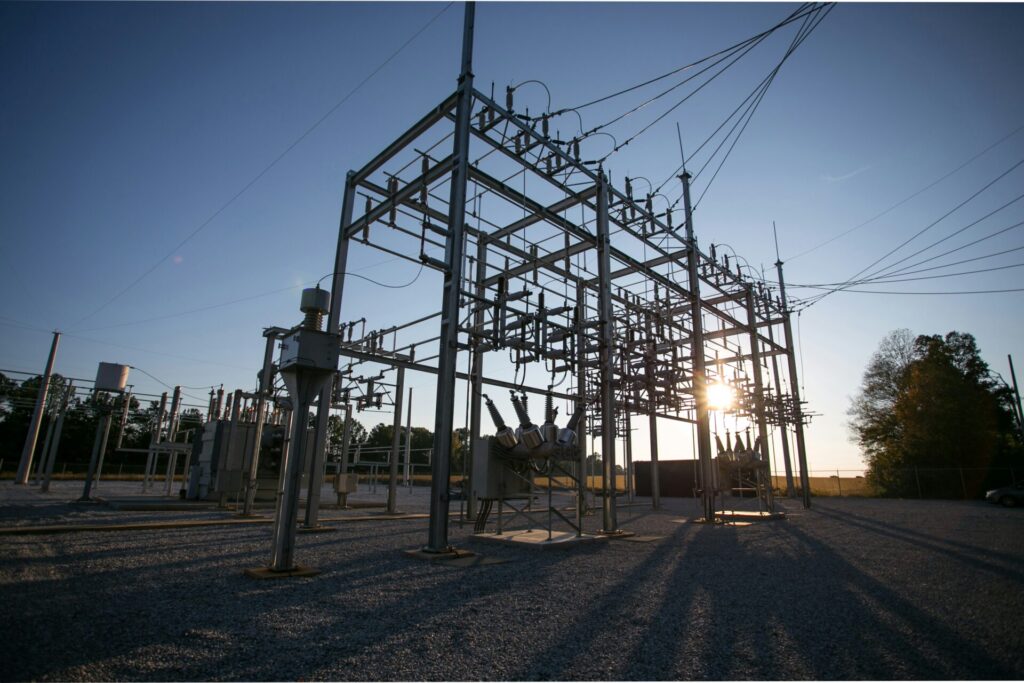Written by: Thomas Klein, Customer Success Manager
I had a professor who heavily emphasized using appropriately framed questions to analyze data. The idea is that data that you already have, or are in the process of collecting, is not a crystal ball that will magically deliver valuable insights. You must ask a question that you want answered (in other words, the insight you seek) then build your analysis around answering that question. This approach to analytics makes sense and yet for years, I have seen countless people completely ignore it. Many people I have encountered in my career expect to have monetizable insights simply appear to them just by simply having some data.
Running an unguided analysis on a dataset will still provide you with an output that has some value. However, the most valuable outputs will come from an analysis guided by a properly framed question pointed towards a desired insight.
How does this question-based approach apply to the Transcend Design Generator (TDG)? It is simple. The TDG is taking input data, analyzing it, and providing an output. The input data in this case is a mix of various data types including numerical data for influent characteristics, effluent limit, geographic information for the site location & preferences around technologies to employ for a site. These varied input data structures are combined and interpreted to provide a resulting conceptual design package (the output).
The conceptual design output you get from the TDG will inherently have value. The inherent value comes from the fact that the TDG already saved time and effort in creating the resulting conceptual design compared to traditional design approaches. However, the real valuable conceptual design outputs will come from a guided analysis that happens from a properly framed question.
The TDG is an advanced data analytics tool, and you did not even realize it! If you ask a well-devised question for a design scenario to point the TDG in the right direction, you will be rewarded with an output design package that has value which far exceeds that of running an unguided design.
Example of A Guided Design using Transcend Design Generator
Here is an example of how to go about this approach in the TDG:
Say you are considering two competing technologies for an upgrade of an existing site. You are not sure which one is more beneficial to balance: CAPEX or OPEX. Let’s also assume that the site you are designing for has a small footprint, and space is constrained.
You could simply create a site mark out in the TDG and run a design for each of the two competing technologies. Or you could ask yourself, “by varying the level of site constraint in the site mark out, at what point will the balance of OPEX & CAPEX for each technology become undesirable?” In other words, you are placing stricter or more relaxed constraints on the site as a proxy for constructability to gauge the point at which each technology become desirable from an OPEX/CAPEX standpoint.
By simply running a single design for each technology you will get a valuable set of output documents to compare. But by asking yourself the question above, you are establishing a whole profile of OPEX to CAPEX for each technology. In doing so, you are arming yourself with more knowledge to make a sound design decision. Asking that question helps you form an analysis approach that creates a lot more value.
So, for your next design scenario in the Transcend Design Generator, step back and ask yourself a question for an insight that you seek. The resulting design outputs you get will be worth the extra sixty seconds you took to formulate your analysis approach.





